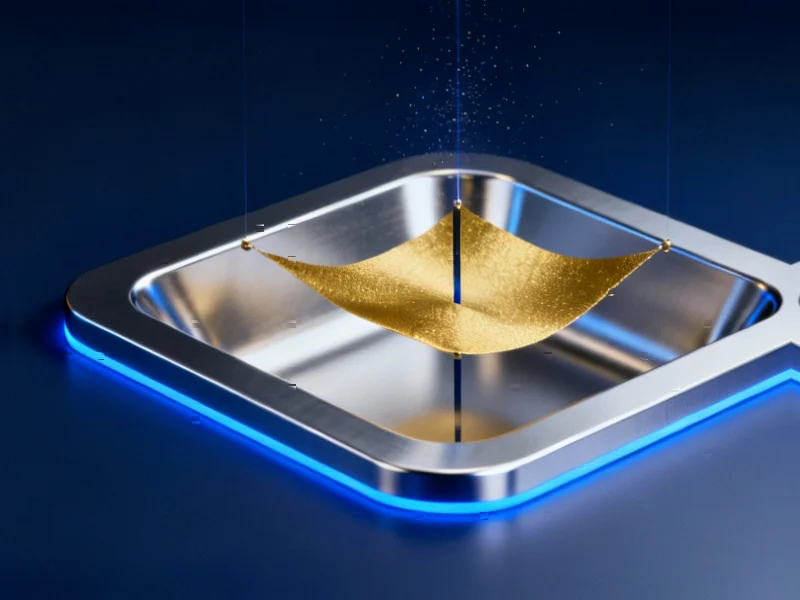Breakthrough in Blood-Compatible Polymers Revolutionizes Medical Device Safety and Performance
A groundbreaking approach to polymer design focusing on water mobility has yielded significant improvements in blood compatibility for medical devices. The technology has already demonstrated clinical benefits in artificial kidneys and shows promise for broader medical applications.
New Polymer Design Paradigm Challenges Conventional Approaches
Researchers have developed a novel approach to creating antithrombogenic polymers that significantly improves blood compatibility in medical devices, according to recent reports in the Polymer Journal. Rather than focusing solely on increasing hydrophilicity as traditionally done, scientists reportedly targeted the mobility of water molecules surrounding both polymers and proteins, leading to breakthrough improvements in artificial kidney technology and other medical applications.

